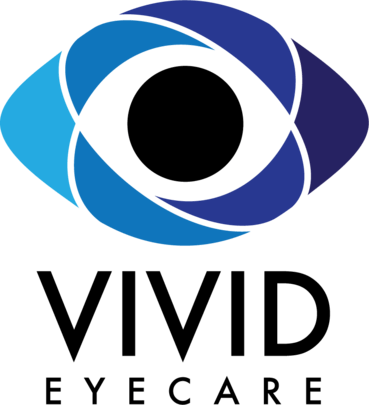InfantSEE®
We are proud to be a member of the American Optometric Association and to be enrolled as InfantSEE® providers. This is a one-time service which offers early detection of potential eye and vision problems at no cost regardless of income or ability to pay.

What is InfantSEE®?
InfantSEE® is a public health program, to ensure that optometric eye and vision care becomes an integral part of infant wellness care to improve a child’s quality of life.
The InfantSEE® Program’s Mandate
- Identify and treat risk factors that may have adverse effects on eye and vision health.
- Reduce the impact of amblyopia (presently 1 in 30) and other conditions that may lead to impairments and/or loss of sight, or affect a child’s spatial and cognitive development, through early identification.
- Educate parents about the importance of eye care for their children.
- Visual Acuity
- Refractive Status
- Eye Movement
- Eye Alignment/Binocular Potential
- Eye Health
Providing professional eye care for infants nationwide
In an effort to encourage infant eye and vision assessments and ensure they are accessible to everyone, the American Optometric Association (AOA), and The Vision Care Institute of Johnson & Johnson Vision Care, Inc., and Optometry’s Charity™ – The AOA Foundation, partnered to create InfantSEE®, a no-cost public health program developed to provide professional eye care for infants nationwide.
Through InfantSEE®, Optometrists provide a one-time, comprehensive eye and vision assessment to babies in their first year of life, usually between the ages of 6 and 12 months, offering early detection of potential eye and vision problems at no cost regardless of income or ability to pay.


Our Goals
Though babies can’t talk, optometrists use their clinical education, training and experience, along with instruments such as lighted toys to provide non-invasive eye and vision assessments for infants.
According to new data collected by the American Optometric Association (AOA) there is a growing need for early vision examination in infants. The data showed that two groups at greater risk for visual concerns were premature babies and minority babies.
Parents may learn more about the importance of infant vision care and the InfantSEE® program by logging on to www.infantsee.org. Please call our office to schedule your baby’s InfantSEE® assessment.
Stages of Vision Development
Most parents believe that vision is something that just develops naturally, and therefore does not need to be checked until school-age when it has already fully developed. The truth is that vision is learned – and the most critical stages of vision development occur in the first year of life.
- Focus on objects less than a foot away, such as mom's face when nursing
- Follows moving objects and reaches for things
- It is normal for a child's eyes to not always track together for first 6-8 weeks
- Both eyes should focus equally; brainwaves can demonstrate ability to see 20/20 detail
- Eye/body coordination skills develop
- Eye contact begins to replace physical contact
- Eye/body coordination skills develop further
- Uses both eyes to judge distance
Contact us today to schedule your baby's free eye examination.
